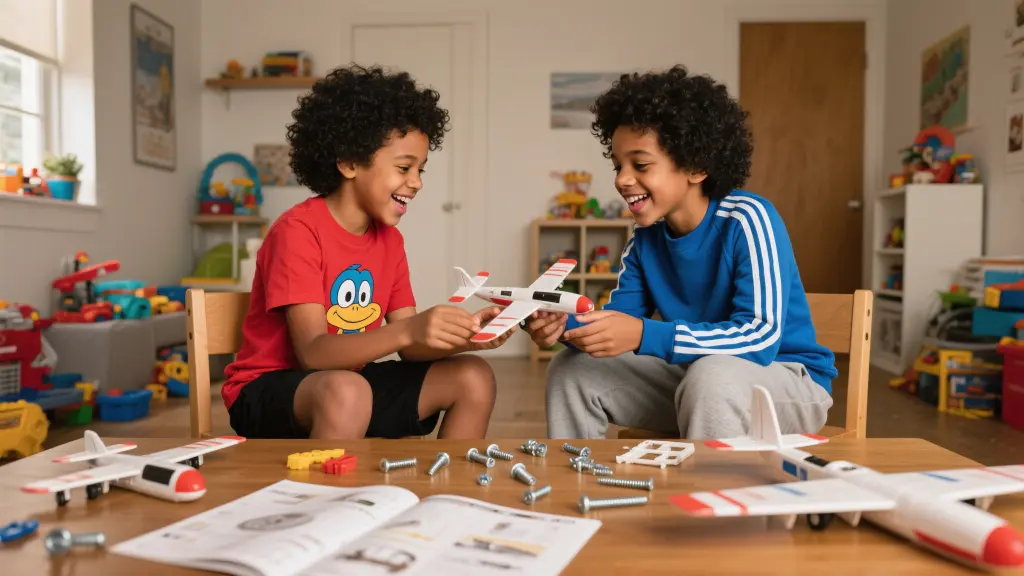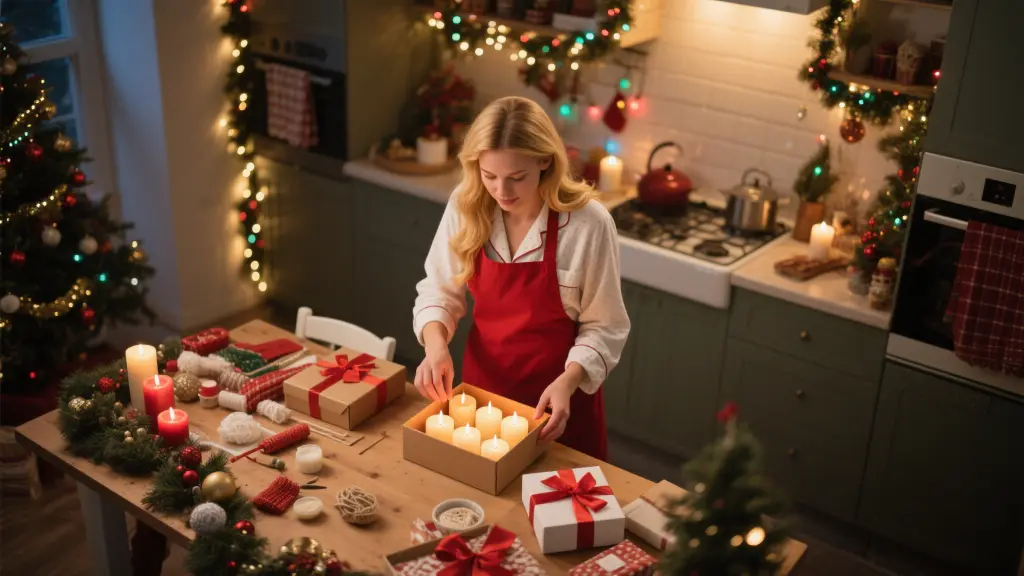Creating a DIY holiday puzzle game is a fantastic way to celebrate the season while also spending quality time with family and friends. Not only do these puzzles offer a fun activity, but they also allow you to add a personal touch that reflects shared memories and cherished moments. Here’s how you can easily create your own custom puzzle game that everyone will love.
Choosing a Theme
The first step is to decide on a theme that resonates with your group. This could be anything from family traditions, favorite holiday destinations, or even old family photos. Consider what would be meaningful to your intended audience. Here are some ideas to get you started:
Gathering Supplies
You’ll need a few basic supplies to get started with your DIY puzzle. Here’s a quick list of essentials:
With these items on hand, you’re ready to dive into the crafting process.
Designing Your Puzzle
After choosing your theme and gathering supplies, it’s time to design your puzzle. Start by selecting or creating your image, ensuring it’s high-resolution so that it looks great when printed. You can use photo editing software or online tools to enhance your images by adding text, filters, or effects.
Once you have your final design, print the image on a sturdy piece of paper. Then, you can adhere it to your puzzle board using glue. Make sure to cover the whole surface evenly and let it dry completely.

Cutting Out Puzzle Pieces
Now comes the fun part: cutting your puzzle into pieces! Using a ruler and pencil, outline your puzzle piece shapes on the back of the board. If you’re feeling creative, you can make different shapes and sizes to increase the challenge.
Carefully cut out the shapes using a craft knife or scissors. Remember to go slowly for clean edges! Once you finish cutting, you can sand down any rough edges for a smoother feel.
Set Up Your Puzzle Game
Once your puzzle is assembled, it’s time to set up the game. You might want to wrap the puzzle pieces in festive paper or place them in a decorative box. This adds an extra layer of excitement when gifting the puzzle to family or friends. When everyone gathers, explain the theme and share some stories related to the images used.
HTML Table: Puzzle Piece Designs
| Design Theme | Recommended Images | Ideal Number of Pieces | Skill Level | Age Group |
|---|---|---|---|---|
| Family Vacation | Photos of the trip | 30-60 pieces | Beginner | 6+ |
| Holiday Celebrations | Gatherings, feasts | 20-40 pieces | Intermediate | 8+ |
| Pets | Pet Photos | 15-30 pieces | Beginner | 5+ |
Through this engaging process, not only do you create a fun holiday memory, but you also strengthen bonds with your loved ones, making it an experience to treasure for years to come. Each piece of the puzzle serves as a reminder of moments shared, laughter, and love during the festive season.
A DIY holiday puzzle game is perfect for a diverse range of ages, making it a great family activity. Generally, children as young as 5 years old can participate, which allows even the littlest ones to get involved. They can engage in fun tasks like coloring the puzzle pieces or helping to cut them out, all under the watchful eye of an adult. This ensures not only safety but also a bonding experience that fosters creativity at an early age.

As you move up the age scale, older kids and adults can dive into more intricate designs and assembly tasks. They can take on the challenge of creating complex puzzles or work together to piece everything back together—a fantastic way to encourage teamwork and problem-solving. The beauty of a DIY holiday puzzle game is that it can be tailored to the participants’ skill level, providing an enjoyable and stimulating experience regardless of age. This inclusivity makes it an excellent choice for family gatherings or festive celebrations where everyone can join in on the fun.
Frequently Asked Questions (FAQ)
What materials do I need to create a DIY holiday puzzle game?
To create a DIY holiday puzzle game, you will need high-quality pictures or graphics, a puzzle board (like cardboard or wood), a craft knife or scissors, puzzle glue or Mod Podge, a ruler, a pencil, and optional coloring materials to customize your designs.
How long does it take to make a DIY puzzle game?
The time it takes to create a DIY puzzle game can vary. Generally, the process of designing your puzzle, adhering the image, and cutting out the pieces can take anywhere from 2 to 4 hours, depending on your skill level and the complexity of your design.
What age group is suitable for making a DIY holiday puzzle game?
A DIY holiday puzzle game is suitable for a wide range of ages, typically starting from 5 years old. Younger children can enjoy coloring and cutting pieces with adult supervision, while older kids and adults can handle more complex designs and assembly.
Can I customize the difficulty level of the puzzle?
Yes! You can customize the difficulty level by adjusting the number of pieces in your puzzle and the complexity of the shapes. For younger participants, keep the puzzle simple with fewer pieces, while older kids and adults can enjoy more intricate designs with more pieces.
What themes work best for a holiday puzzle game?
The theme you choose can greatly enhance the enjoyment of the puzzle game. Popular themes include family vacations, significant holiday celebrations, and pet photos. Consider the interests and memories of your family and friends to select a theme that resonates the most with them.
